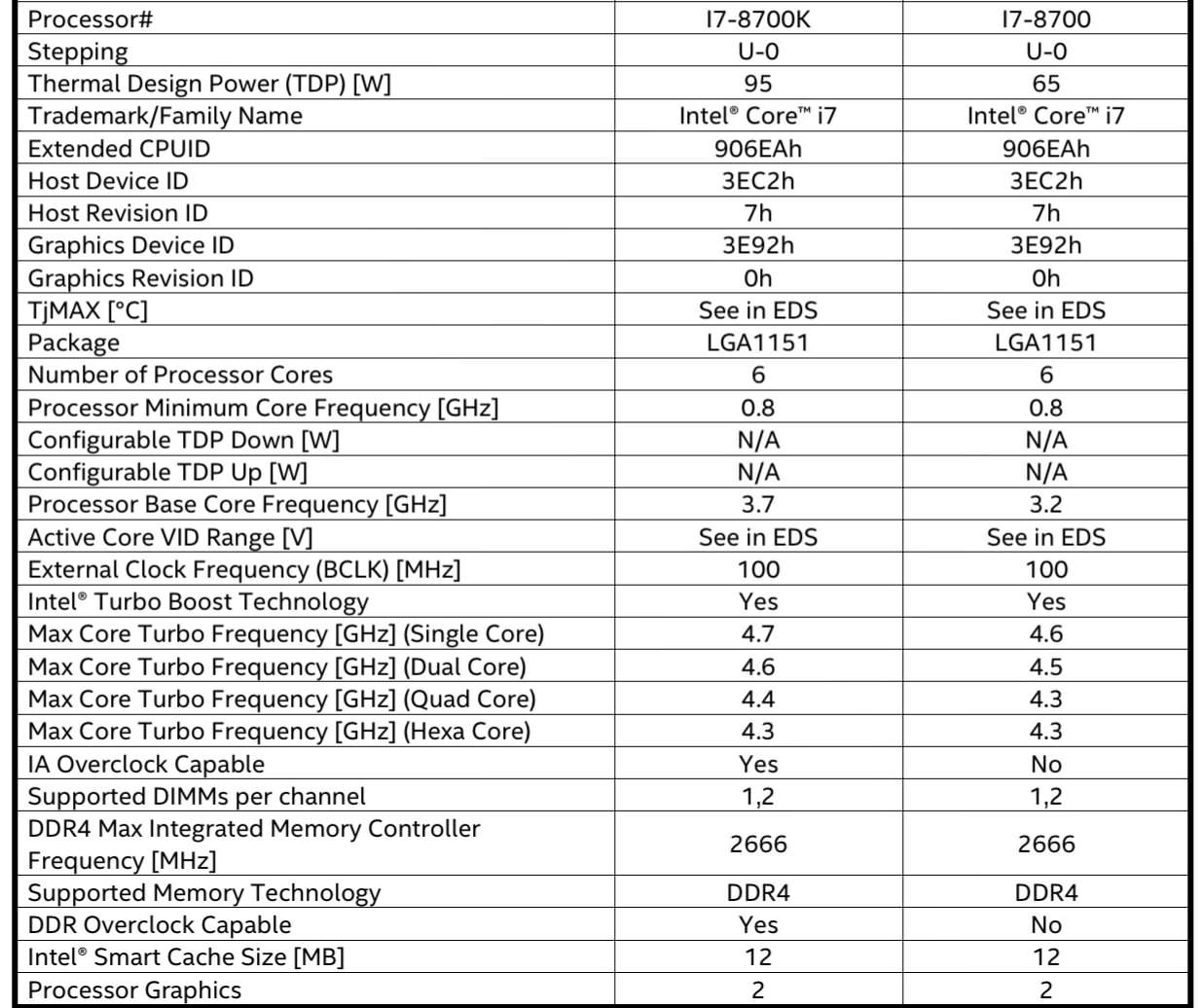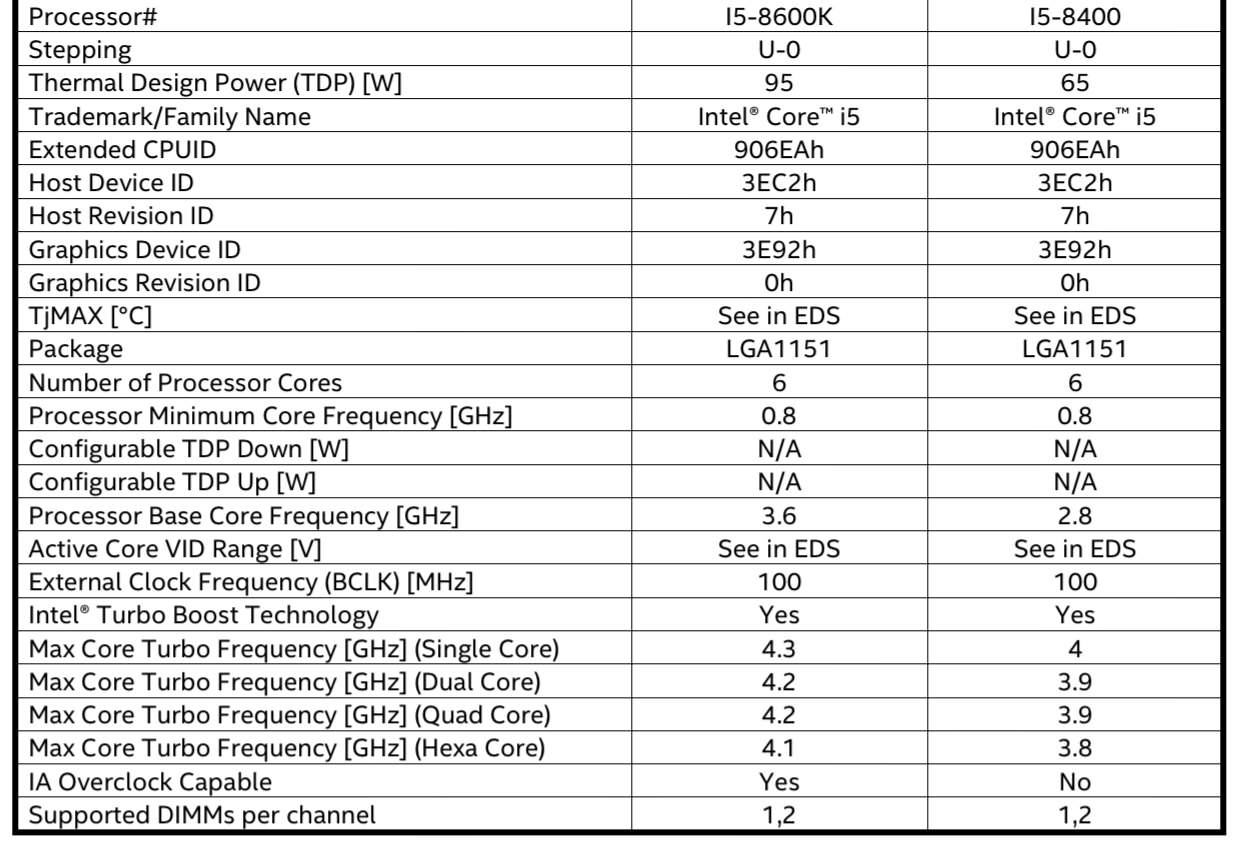Ajay
Lifer
- Jan 8, 2001
- 15,429
- 7,847
- 136
Given how bad yields must be at 10 nm I am not sure this is true. Either way the purpose of using EMIB with Icelake mainstream would be for Xeon-D (have 4 8 core tiles) and of course being able to segment the GPU harder than they do now. I also think they would want to get some practice in before they deal with the SP servers.
I assume 10nm+ yields will be vastly superior to 10nm (otherwise, we'd have CNL-S CPUs). EMIB has already been implemented with Stratix 10. I would think Xeon-D would be under the auspices of Intel's DCG. Moving the iGPU off die would give Intel much more flexibility. I'm a bit wary of Intel's current push for more segmentation - Intel becoming a marketing company more than an engineering and manufacturing company will expose them to more risk (though it can create more profit), IMHO. That kind of thinking already caused Intel to lose a chance at the smartphone biz.




